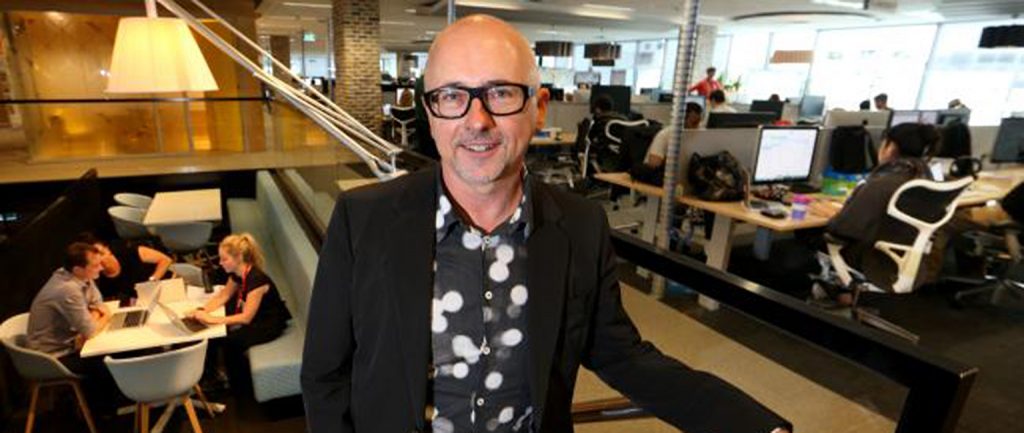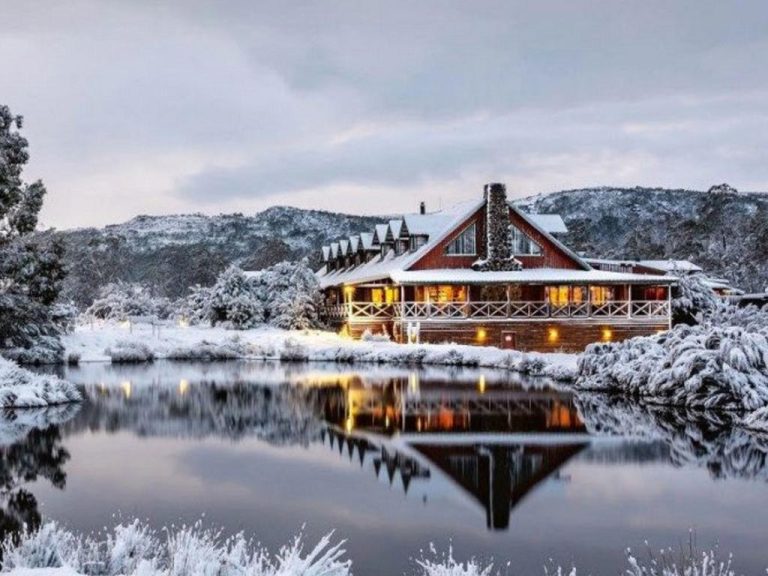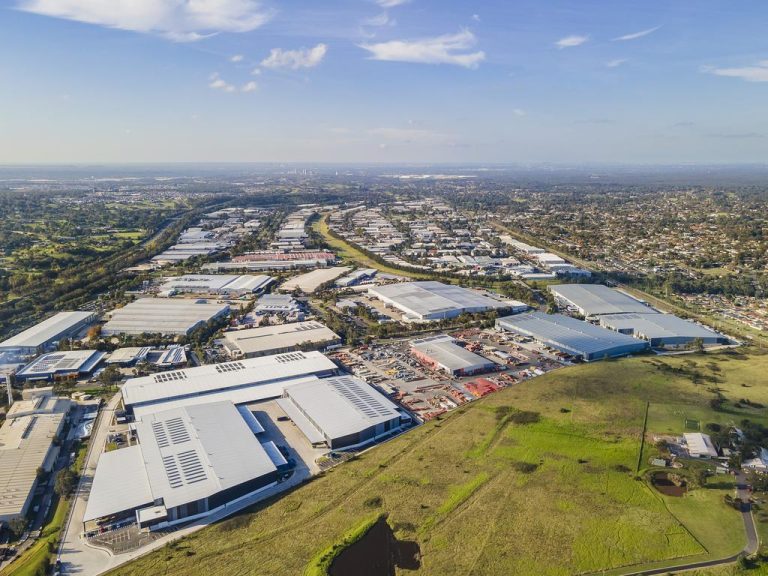Prepare for big changes to your office environment

Emerging technologies across the next decade will change how offices are designed and workers operate — but a significant loss of privacy is inevitable, experts warn.
Big data, and how companies learn to use information obtained through anything from credit card purchases to parking habits and mobile phone records, increasingly will be used in the workplace, design agency Futurespace founder and director Stephen Minnett says.
Minnett, who has launched a service to advise companies on adapting to future office space and technology needs, says the most advanced and greenest workspace in the world, the Edge building occupied by Deloitte in Amsterdam, is so sophisticated it monitors staff locations and can adapt the environment to suit personal taste.
MYOB: Richmond office’s stunning transformation
“Everyone has a phone and it identifies where they are and what their work patterns are, and work preferences,” Minnett says.
“If they move into a space it identifies what lighting they like, what coffee they like, what temperature they like to work in, it knows who you are seeing and interacting with.”

Office spaces like MYOB’s new headquarters in Melbourne are designed to be flexible.
The building pairs phones and laptops to flat-screen televisions, assigns workspaces according to personal schedules, recharges electric cars, recycles rainwater and offers nightly menu ideas for dinner.
But Minnett says the downside is a loss of privacy, which comes with open plan offices and people overhearing conversations, shared electronic diaries, hot desking without allowing staff to display personal items, and the inevitable monitoring software.
“One of our future predictions is the end of privacy and it upsets people from my generation, the baby boomers,” he says. “Younger generations don’t seem to be so upset by it.”
Aside from losing privacy, Minnett says emerging trends affecting future office design include the delaying of retirement and the inclusion of older workers, how driverless cars will become offices and change working practices, how 3D printing will affect transport and freight services, and the increasing use of robotics.
A Unispace report, Workplace 2020, predicts desks will be gone within five years, with a focus instead on co-working spaces and standing.

Desks could be a thing of the past within five years.
But, trends aside, Minnett says people, space and technology are the critical considerations when designing an office.
Offices were once planned around projected staff numbers across five years, but now it can be difficult for companies to know how many part or full-timers they will have, how many will work flexible hours and whether hot desking will influence work station numbers. A company can ask for a sophisticated open plan design, but Minnett says that if its technology does not support it, the project will fail.
“In all organisations technology is evolving and the evolution doesn’t always align with changing space,” he says.
“We will design spaces they think their technology will support in the future but it may be 18 months before they roll out the platform to support that.
When you’re designing future furniture it’s designed to be changed every five years or for it to be moved around every few hours or every few weeks
“Some organisations have the technology and can roll it out immediately and are more agile.”
Future office space design is evolving, Minnett says, with trends developing across several years such as open plan, hot desking, conversational spaces and even biophilia — where people work better in green and natural spaces.
International messaging platform Slack opened its Asia-Pacific headquarters in the old Maltstore building in Carlton, Melbourne, in April, aligning with the company’s principles of craftsmanship, thriving, solidarity, playfulness, courtesy and empathy.
The outside has come inside Slack, which has been described as having a day spa feel, with wooden floors, seemingly endless glass and lots of plants.

The pressure is on businesses to create workspaces that are adaptable.
Silos on one floor of the 1904 heritage-listed building were converted to meeting spaces, there is a bar, a tiered presentation space, a permanent open window, videoconferencing platform to Slack offices in the US and Europe, large-screen televisions, phone booths for private conversations, adjustable desks and an online Slack messaging wall.
Site development manager Linda Shaw says the first thing she asks architects to consider when designing spaces is the cafe.
“The cafe is really the heart of the office, it’s where people come to socialise, we do meals, if people want time away from their desk they go to the cafe,” Shaw says.
Small business: Little guys lead office demand growth
She says the building also is designed to ensure extroverts and introverts have working spaces, because not everybody wants to be constantly bombarded.
Shaw says there are also “strict library rules” regarding mobiles.
“If your phone rings, take it elsewhere; if you want to socialise, go to the cafe,” she says.
Steve Coster, a principal at design firm Hassell, says the Slack offices demonstrate designing for purpose and functionality rather than just a workspace.
That means ensuring a law firm provides private spaces for conferences and quiet areas, compared with a software company that may want creative spaces, a bar, pool table and beanbags to facilitate idea creation.

A breakout zone at MYOB’s Richmond office.
It is about finding the underlying purpose of a business and how it can design an office to build on its strengths across time.
“One of the big things we focus on is the role of identity in people’s working life and why they choose to do what they do, and why they chose to belong to company A and not company B, and how you can be a passionate contributor,” Coster says.
He says no one knows what the future will hold with technology and evolving trends, and therefore it is important to design a flexible space.
If your phone rings, take it elsewhere; if you want to socialise, go to the cafe
Companies will shrink and grow, he says, but buildings need to be designed for the long term and infrastructure needs to be able to keep up with change.
“You design buildings to last 100 years and build rooms to last 20 years, to be nice, robust and durable,” he says.
“When you’re designing future furniture it’s designed to be changed every five years or for it to be moved around every few hours or every few weeks.
“The internal elements become more mobile so they can be redesigned without changing the building itself.”
This article originally appeared on www.theaustralian.com.au/property.







